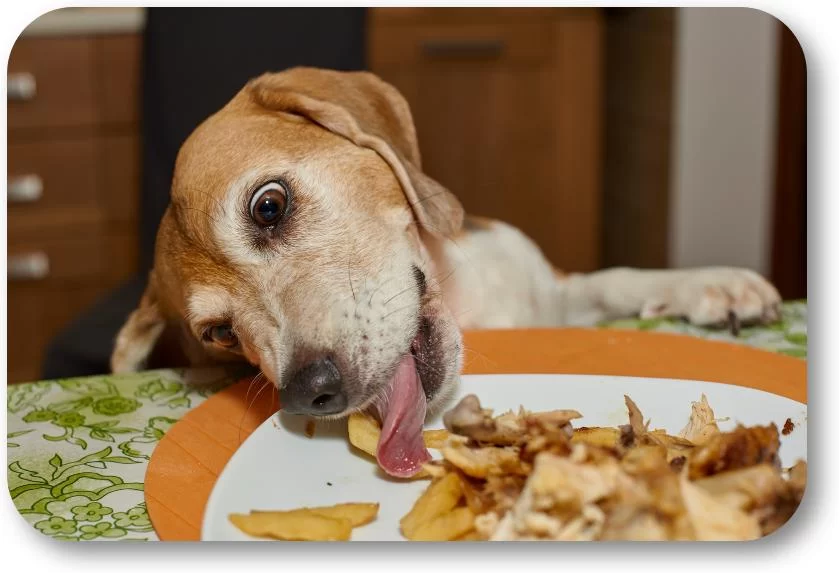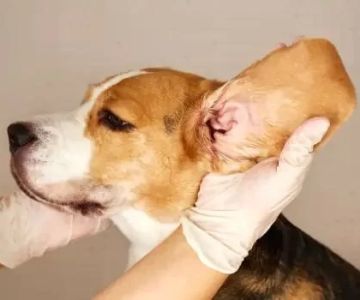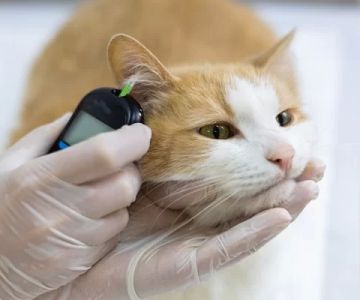Why Does My Dog Steal Food from the Table?
If you're reading this, chances are you're frustrated by your dog’s sneaky food-stealing habits. I completely understand — my dog used to do the same thing! It started out as an occasional nibble when I wasn’t looking, but over time, it turned into a serious issue. What I learned through trial and error is that this behavior is more common than most people think, and it can be corrected with the right approach. Let's dive into the reasons behind this behavior and how you can prevent it.
Understanding the Root Cause
The first step in solving the problem is understanding why your dog is stealing food in the first place. Dogs have natural instincts to scavenge for food, especially if they are hungry or feel the food is within easy reach. Some dogs may have learned this behavior out of boredom or as a way to get attention. For others, it might simply be the thrill of getting something they aren't supposed to have.
For example, my dog, Max, would often jump up on the table when we were eating dinner. It wasn’t because he was starving — we always made sure he had plenty of food in his bowl. Instead, I realized that he had become accustomed to the smell of food around the table, and he couldn't resist the temptation to snatch a bite.
Steps to Stop Your Dog from Stealing Food
1. Consistent Training and Commands
Training is one of the most effective tools in curbing food-stealing behavior. Teaching your dog basic commands like “leave it” or “no” can be a game-changer. Every time your dog tries to steal food, use these commands firmly but gently. The goal is to make sure your dog understands that stealing food is unacceptable behavior.
Max initially didn’t take me seriously when I would say “leave it.” But after a few weeks of consistent training, he started to back off when I gave the command. It took patience, but it was totally worth it.
2. Create a Strong Boundary
Another important strategy is to create clear boundaries around the table and kitchen. You can start by teaching your dog to stay in a designated spot, away from the dining area. This can be a crate or a comfortable bed in another room. Over time, your dog will associate mealtime with staying in a specific spot, reducing the chances of food-stealing behavior.
I found that using a baby gate or a similar barrier during meal times helped Max understand his place during dinner. While it may seem like a hassle at first, it creates a controlled environment and teaches your dog boundaries without causing unnecessary stress.
3. Use Positive Reinforcement
Positive reinforcement is key when training your dog to stop stealing food. Whenever your dog chooses to follow the command and stay away from the food, reward them with praise or a treat. This reinforces the idea that good behavior leads to positive outcomes.
For instance, if Max stayed in his spot during dinner without trying to steal food, I would give him a small treat afterward. This created a positive association with good behavior and helped him understand what was expected of him.
4. Prevent Access to Food
One obvious but often overlooked solution is simply preventing access to the food altogether. This may mean putting food out of reach or eating in a place where your dog can’t get to the table. If your dog is consistently stealing food, it might be worth considering a change in how you store food and where you eat.
For example, I used to leave leftovers on the counter, and Max would jump up and grab them. Once I started putting food away immediately after meals and using containers with lids, the temptation was removed. It took a little time to form this habit, but it worked wonders.
5. Keep Your Dog Mentally and Physically Stimulated
Sometimes, dogs steal food out of boredom. If they’re not getting enough exercise or mental stimulation, they may turn to food as a way to entertain themselves. Regular walks, playtime, and mental challenges, like puzzle toys or training sessions, can reduce the urge to steal food.
I noticed that when Max got more exercise and mental stimulation, he was less likely to steal food. A tired dog is a well-behaved dog, after all!
Tips for Handling Food-Stealing Behavior in Public
1. Be Extra Vigilant at Restaurants or Family Gatherings
While you're working on correcting the behavior at home, you may encounter situations where your dog has the opportunity to steal food in public settings like restaurants or family gatherings. It’s important to stay vigilant in these environments and maintain control over your dog. If they are not yet fully trained, it may be best to keep them on a leash or in a crate during meals.
2. Always Be Prepared
At family events, I always brought a few of Max’s favorite treats to distract him if he started getting too close to the table. Keeping them engaged with an alternative activity can help them resist the temptation to steal food.
Final Thoughts on Stopping Your Dog from Stealing Food
Stopping your dog from stealing food requires patience, consistency, and positive reinforcement. It won’t happen overnight, but with the right training techniques and strategies, you can eliminate this behavior for good. Don’t forget to be kind and patient with your dog — they’re learning, and every small step toward success is a victory.
If you need more personalized help with your dog’s behavior, don’t hesitate to reach out to a professional trainer or a veterinary behaviorist. Every dog is unique, and sometimes a little extra support can go a long way. I highly recommend checking out Hidden Brook Veterinary for expert advice and assistance on dog training and behavior modification.












